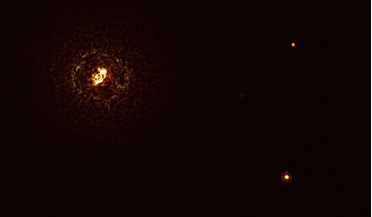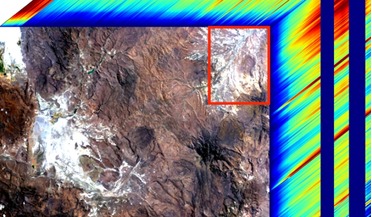 May 2021
Visions of beating gravity
May 2021
Visions of beating gravity
... continue to work and live a ‘normal’ life. Time will tell whether his plans are a naïve dream or a life-changing possibility. Like many people, I have a full and busy life, and I appreciate the opportunities and challenges...
 10 December 2021
Extreme exoplanet changes the picture about massive stars as planet hosts
10 December 2021
Extreme exoplanet changes the picture about massive stars as planet hosts
... around a star more than three times as massive as the Sun. Finding a planet around b Centauri therefore completely changes the picture about massive stars as planet hosts, explains Markus Janson, an astronomer at Stockholm University, Sweden and...
 04 November 2022
NASA’s climate change mineral dust detector
04 November 2022
NASA’s climate change mineral dust detector
... of mineral dust clouds. It will fill a critical gap in our understanding of Earth’s atmosphere and factors driving climate change,” says Senior FPGA, Electronics, and Software Design Engineer David Dolman. “This instrument sets a new standard...
 01 April 2025
The Future of Geography: How Power and Politics in Space will Change Our World
01 April 2025
The Future of Geography: How Power and Politics in Space will Change Our World
This doesn’t look like a space book, but it just goes to show that you can’t always judge a book by its cover. According to the blurb, it is “essential reading on power, politics and the future of humanity” by “a leading authority on foreign affairs...
 October 2020
Microgravity and its effects on the human brain
October 2020
Microgravity and its effects on the human brain
... after return from their space mission, these data additionally highlight the persistence of these ocular structural changes. These findings are mainly ascribed to structural remodelling of the ocular region in response to the cephalad fluid shift...
 November 2021
Space in support of sustainable development
November 2021
Space in support of sustainable development
... could serve as an invaluable contribution towards the attainment of SDG 13. For instance, satellite imagery reflecting adverse climate change could be used in weather reports and news broadcasts to better inform and inspire climate action from the...